
THE HEAD OF A FEMALE HOUSEFLY Dr Doughlittle
What are the signs of a face fly infestation? Behavior, Diet & Habits Understanding Face Flies Appearance Size: Face flies are about 6-8 mm in length. Color: These flies have four dark stripes on top of their gray-colored thorax. Females look almost identical to males except they have yellow coloration on the front portion of their abdomen.
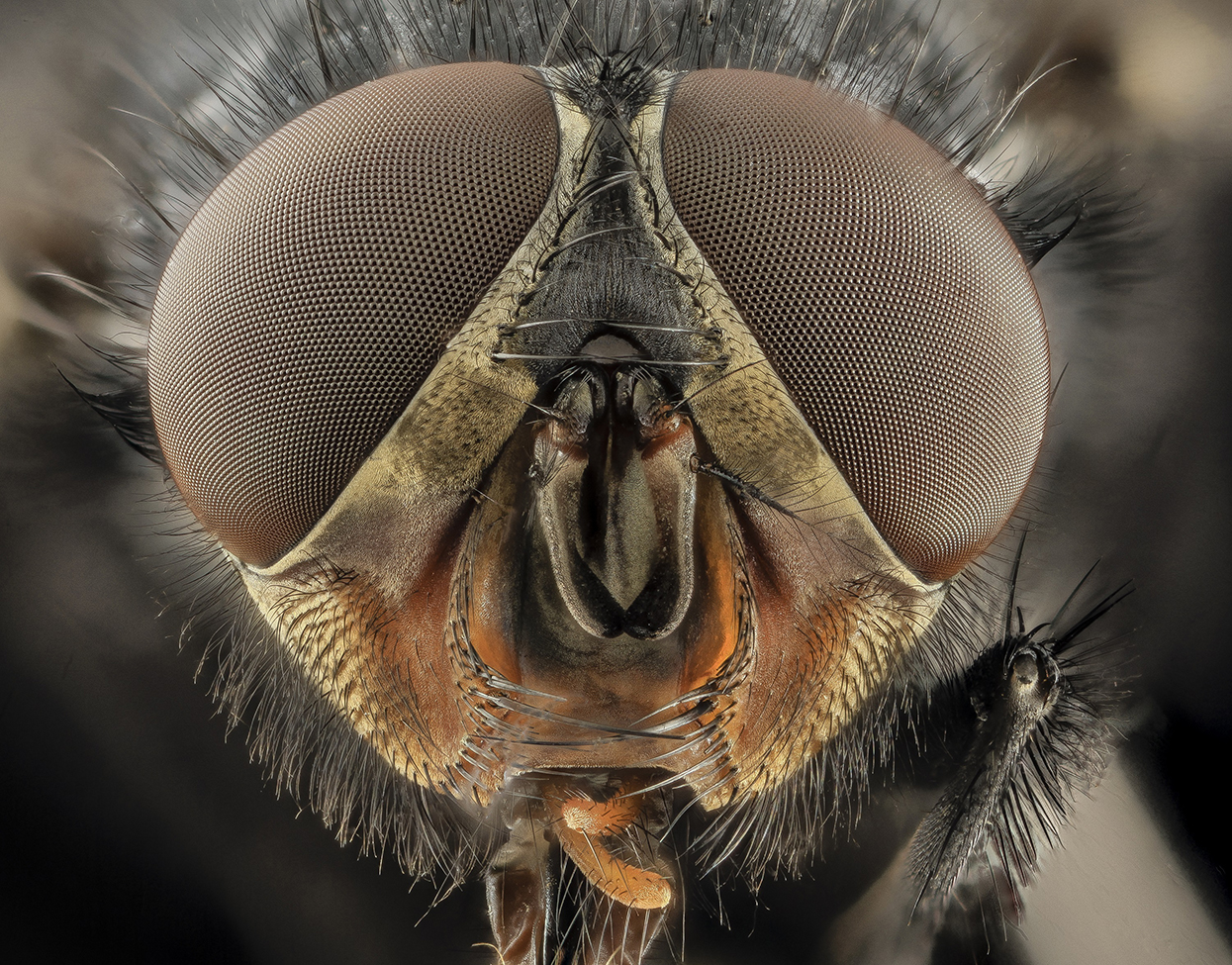
Why Does it Seems Like Bugs Attack Your Face?
Face flies are holometabolous with active larval and adult stages and inactive egg and pupal stages. Females mate once in their lifetime and then fertilized eggs are laid singly into cracks and crevices of fresh (0-1 d old) bovine dung pats in batches of 7-36 (Teskey 1960, 1969).Gravid females avoid older dung pats and aged manure mixed with other barnyard debris.
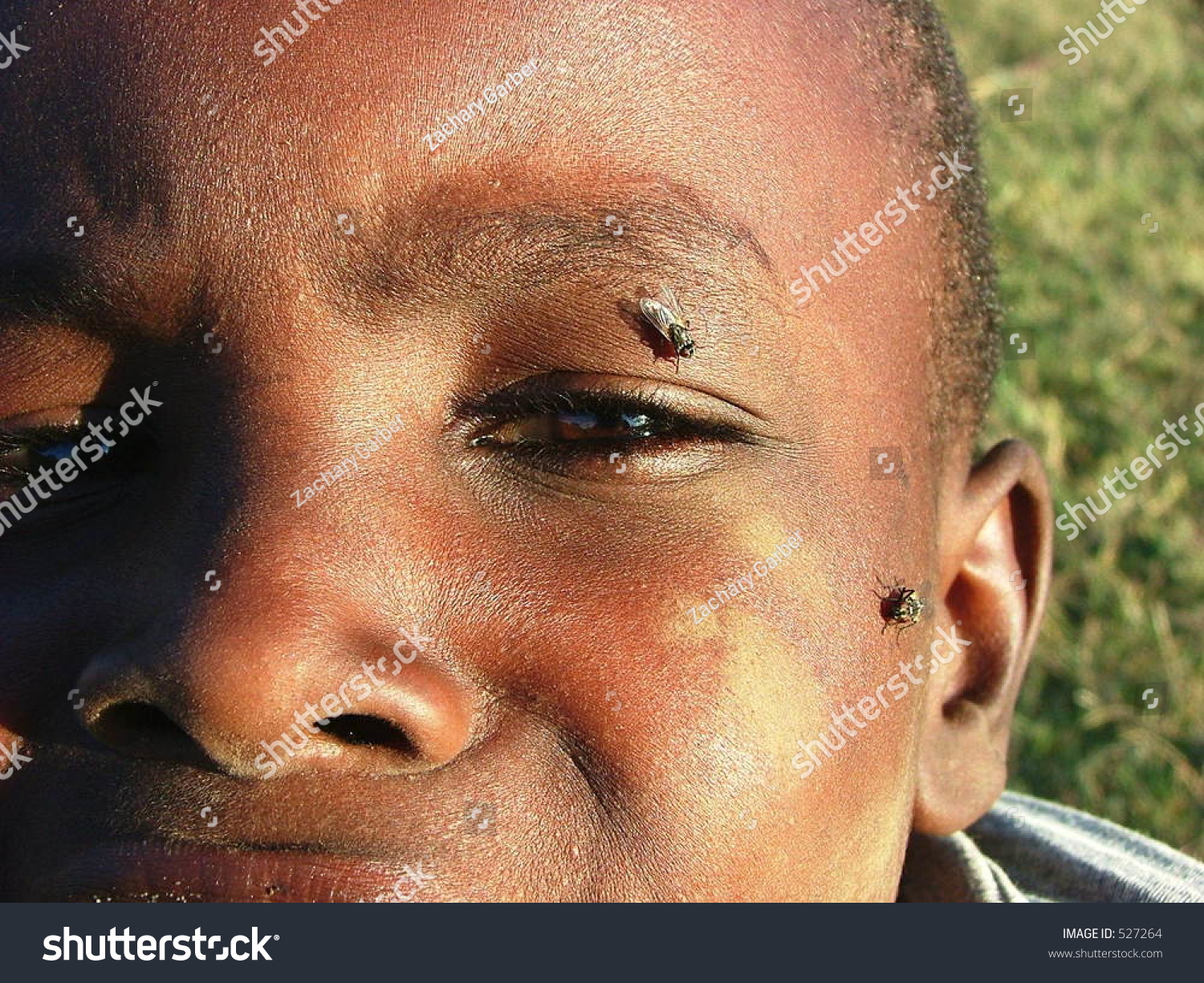
A Boy With Flies On His Face Stock Photo 527264 Shutterstock
Venom is a neurotoxin that affects the central nervous system and can cause a variety of symptoms, including paralysis, convulsions, or even death. If you're bitten, you should seek medical attention as soon as possible. How do you keep flies off your face?

Fly face Face, Photography, Instagram
Cutaneous myiasis is a parasitic skin infestation caused by the larvae (maggots) of certain fly species. Parasites are organisms that live on or inside another organism (the host) and depend on the host for nutrition to live. Some species of flies lay their eggs on other insects or on objects that may come into contact with people's skin.
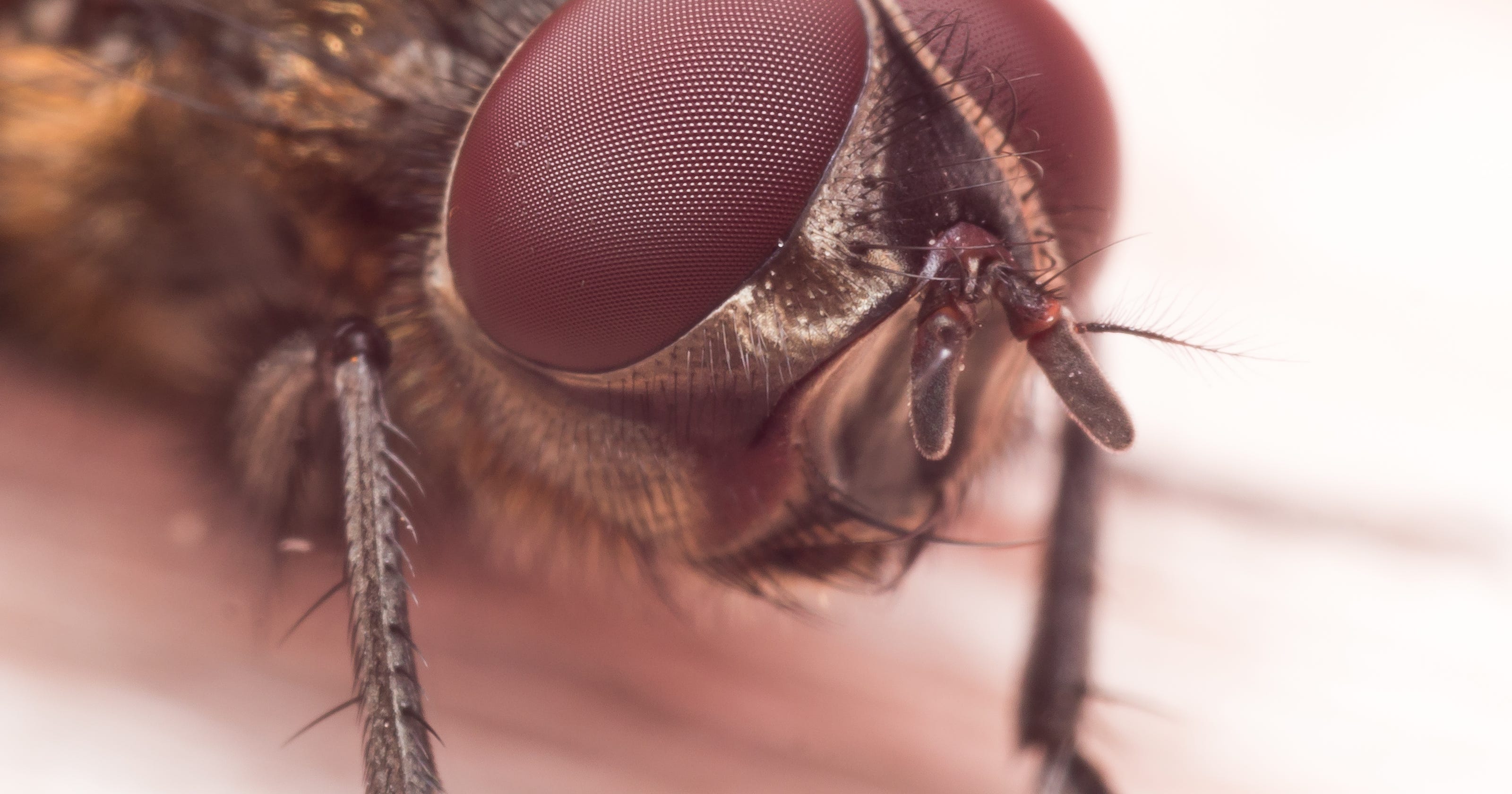
Flies that crawl into people's noses, ears infest Louisiana
Orkin / PESTS / FLIES / GNATS Why Do Gnats Fly in Your Face? Gnat Are Gnats Obsessed with Faces? Gnats are as small as specks of dust and deviously target mouths, eyes, and ears. Remarkably agile, they elude waving hands and always seem to come back to annoy again. Why do gnats fly in your face?
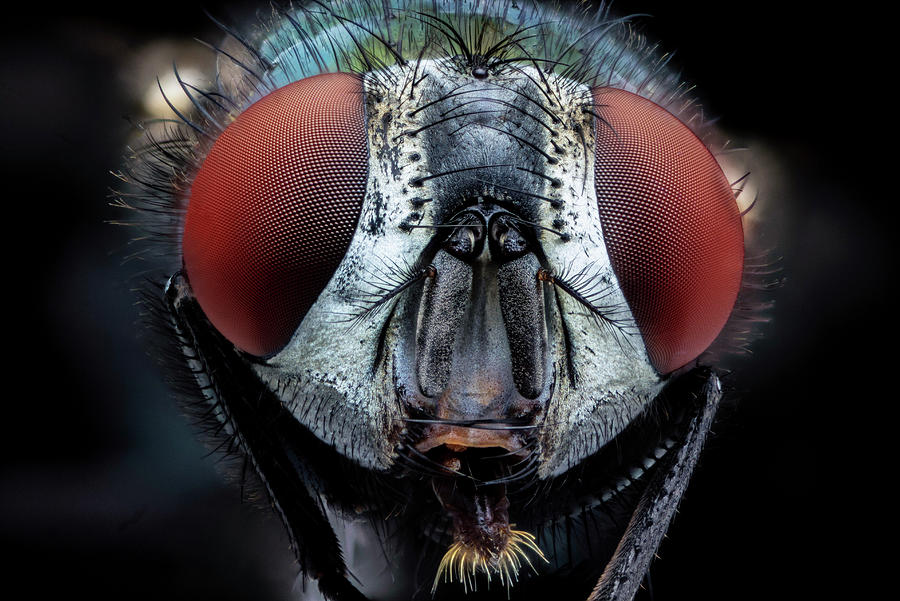
4X Bottle Fly Face Photograph by Robert Storost Pixels
What is a face fly? Face flies are a type of agricultural pest that attack the faces of cattle and, to a lesser extent, horses. They attack the face in order to feed on the mucus and watery secretions that are found around the eyes of their victim. The face flies use their abrasive spongy mouthparts to stimulate tears from around the eyes.
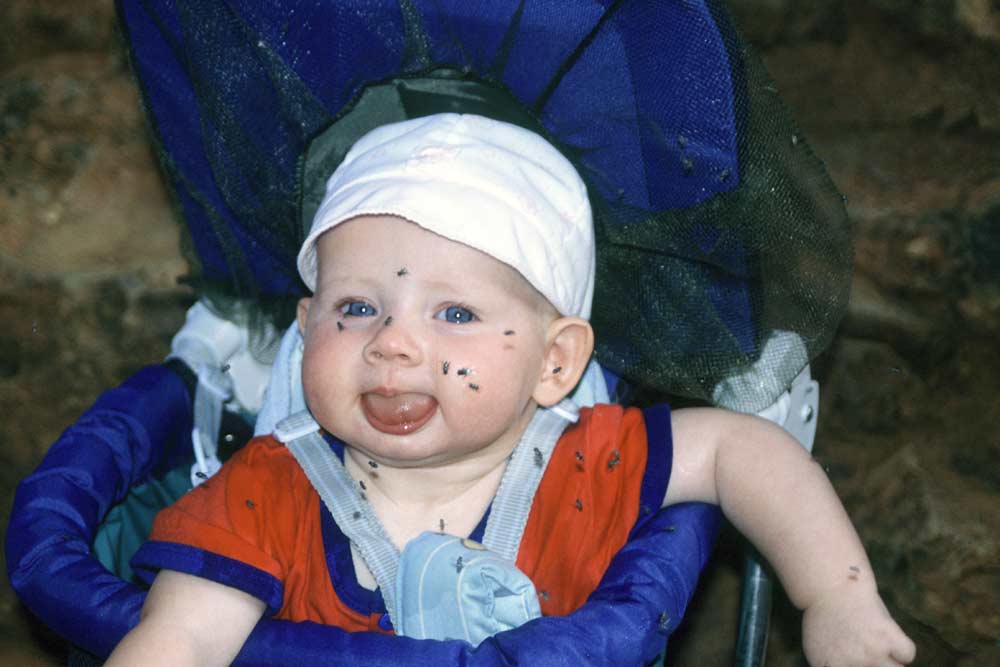
Flies Face
The face fly's status as a pest is similar to that of the cluster fly. These flies have discovered that heated buildings are ideal for surviving the cold of winter, and the face fly is one such species. As the weather cools in late summer and early fall, the sun warms the southern and western walls of buildings..

Kid has hilarious and adorable reaction when a butterfly flies in his face ABC7 Chicago
Face flies use an abrasive sponging mouthpart to stimulate tear flow from the eyes. These flies lap up the protein rich secretions from the eye as well as nasal discharges, saliva, or blood oozing from wounds. Most of the time they are off of the animals, resting on plants, fence posts, or other objects. In addition to being very annoying to.
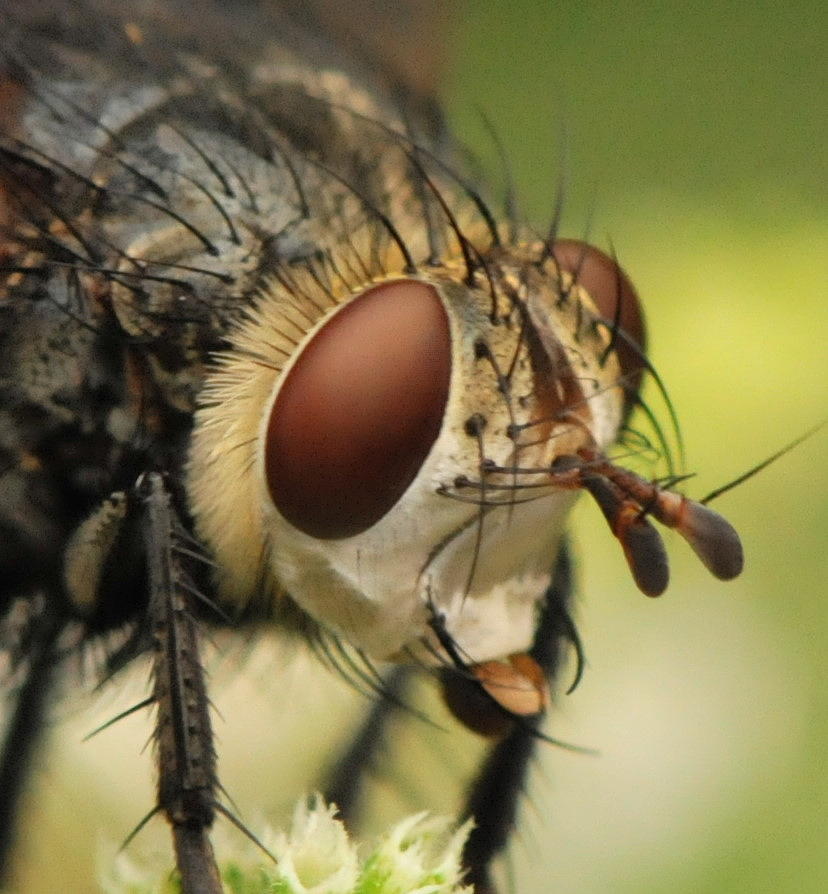
Tachinid Fly Face Photograph by Michelle DiGuardi
The face fly (Figure 1) is a common problem for cattle and occasionally horses in the piedmont and mountain regions of North Carolina. Description and Biology. The face fly was introduced into North America from Europe and entered the United States from Canada in 1952. The fly has since spread across the northern states and southward.

Young African boy with flies on his face in Ethiopia Stock Photo Alamy
The face fly is a pest of range cattle; it is not seen in feedlots and thus is not a parasite of confined cattle. The eggs are laid in fresh cattle feces in rangeland situations and hatch in ~1 day. The yellowish larvae develop in 2-4 days and, when mature, leave the manure to pupate in the surrounding soil.
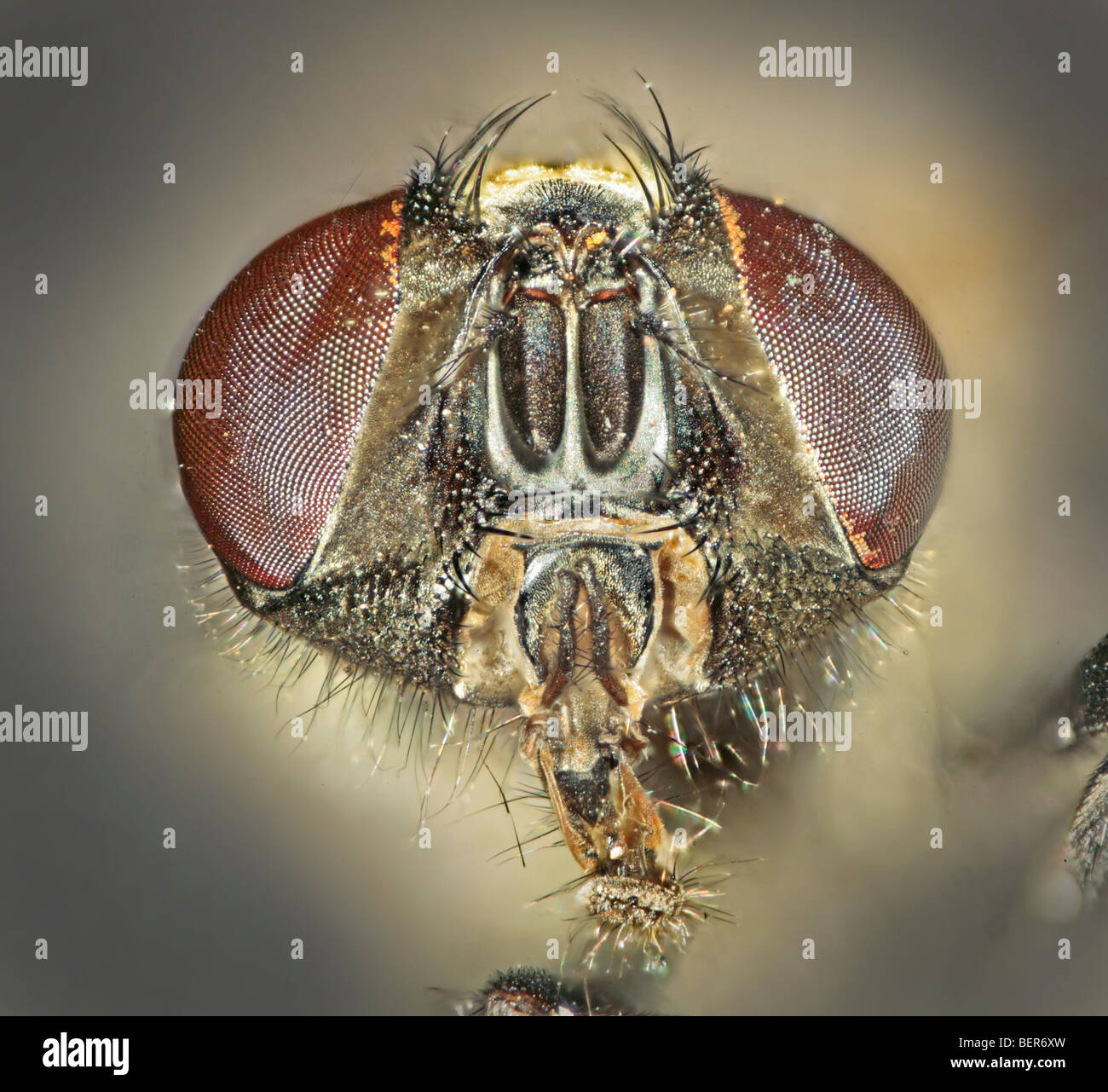
housefly (also house fly, housefly or common housefly), Musca domestica, head on face portrait
Face mites, also known as Demodex folliculorum (D. folliculorum) are microscopic tick-like organisms. These demodex mites aren't visible on the face. They live in the hair follicles in your skin, especially around the eyelids and lashes, and feed on dead skin cells and oils.
:max_bytes(150000):strip_icc()/GettyImages-108275059-bd47ab91abea4d99bc0477056f507a9a.jpg)
How to Avoid Putzi Fly Infection When Traveling in Africa
Face flies can transfer the pink eye organism(s) but the truth is you can have face flies without pink eye, or pink eye without face flies. Pinkeye requires poor endothelial health. Most face fly programs are less than 70% effective. I have doctored pink eye in January and about every other month. Real healthy eyes don't have pinkeye.

Woman finds baby flies living in forehead after trip to Uganda health910
The face fly, Musca autumnalis (De Geer), is a robust fly that closely resembles the house fly (Figure 1). Face flies are pasture flies and are not found in feedlots, dry lots or horse stables. It is a non-biting ly that feeds on animal secretions, nectar and dung liquids.
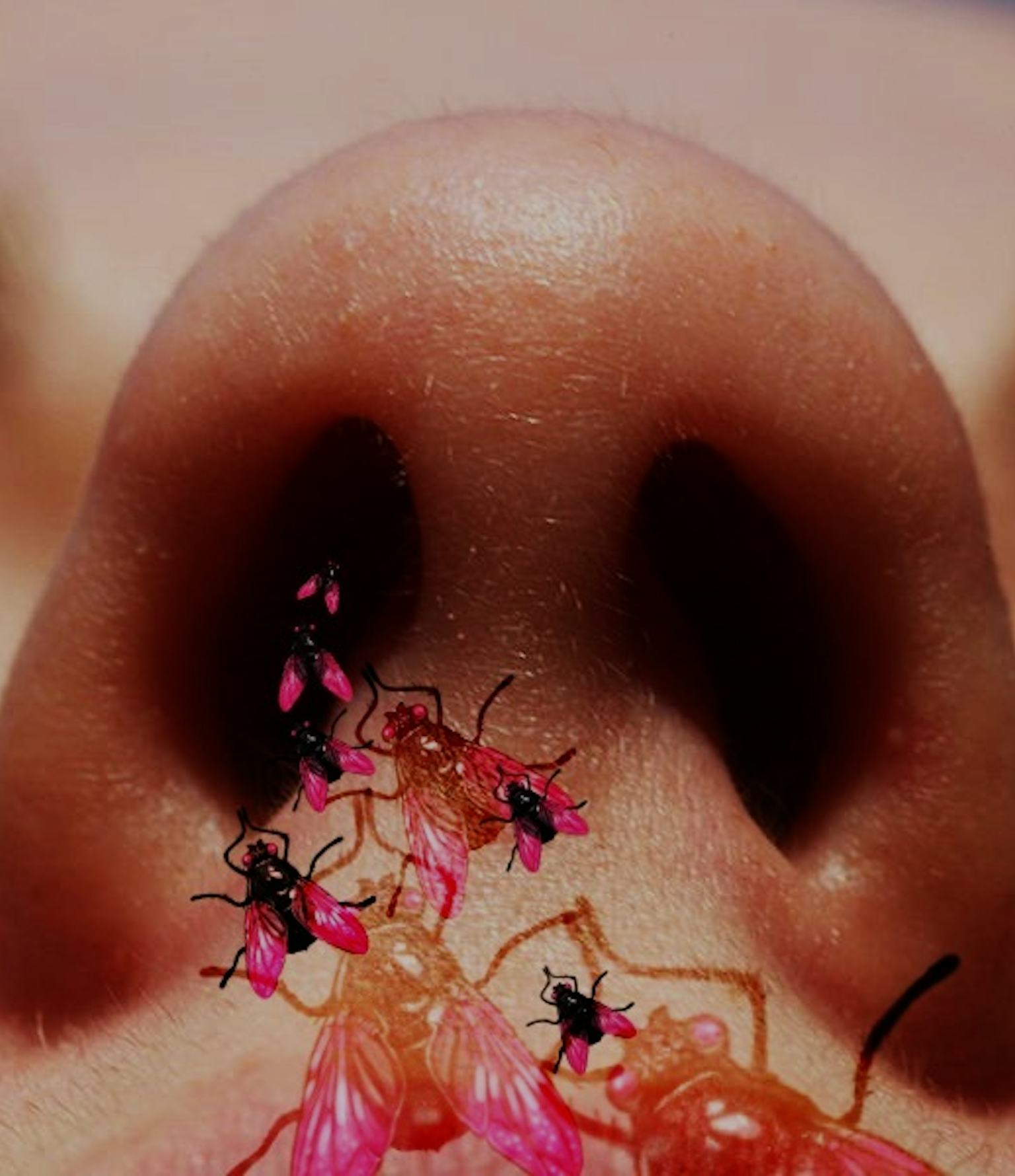
What Actually Happens When a Bug Flies In Your Nose?
Control Procedures Cluster flies, face flies and blow flies are difficult to control once they have gained access to homes because they hibernate in wall voids and other inaccessible places. The procedures listed here are the best available but may not insure complete elimination of the insects.

Blow Fly Facts and Maggot Therapy for Healing Human Wounds Owlcation
(Definition of fly in the face of something from the Cambridge Advanced Learner's Dictionary & Thesaurus © Cambridge University Press) C2 Browse fly ball fly by the seat of your pants idiom fly fishing fly in fly in the face of something idiom fly in the ointment idiom

Pin on flies
Self-treatment options for face flies. Daily insecticide treatment maximizes control. For this reason, self-application devices such as. dust bags and back rubber equipped with face flips or specific insecticide impregnated ear tags are generally more effective. Both cattle and calves should be treated.